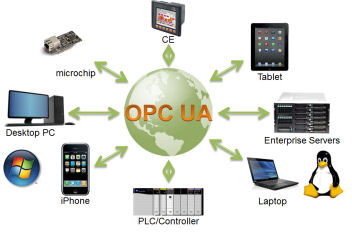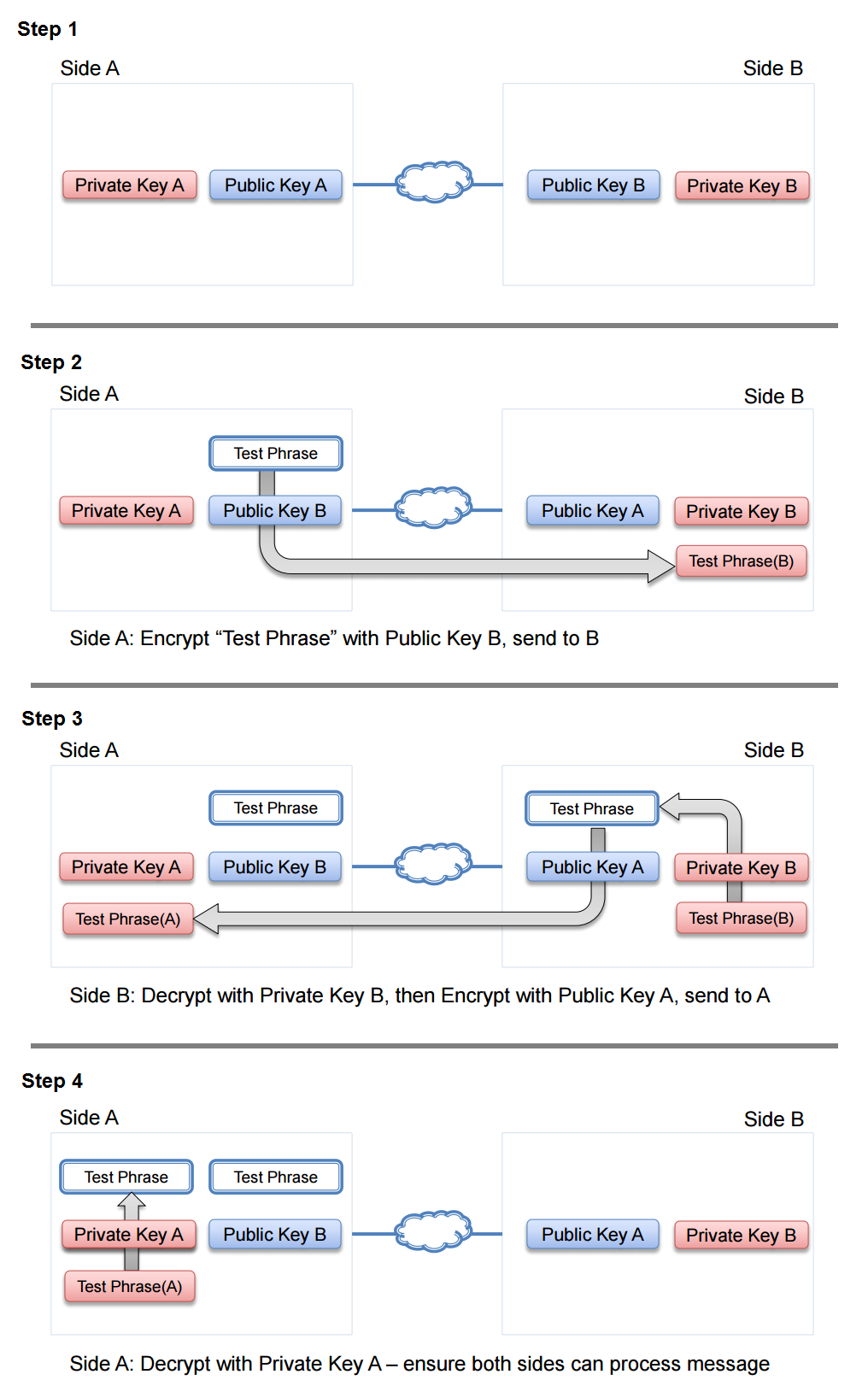Introduction to OPC UA
 Introduction
Introduction
OPC (Object Linking and Embedding for Process Control) is a standard interface that facilitates communications between numerous data sources; including devices on a plant, oil field,, factory, test system and databases. The OPC Foundation defined a set of standard industrial protocol that allow any OPC client to access any OPC compatible device using a protocol which is now referred to as Classic OPC, using Microsoft based COM/DCOM technology to provide standard specifications for data access (DA), historical data access (HDA) and alarms and events (A&E). Classic OPC has several limitations because of this reliance on the Microsoft Windows platform – in the form of security issues and platform dependency.
OPC Unified Architecture (UA) is a new protocol which was first released by the OPC Foundation in 2006 as an improvement upon its predecessor, Classic OPC. This new and improved protocol includes all of the functionality found in Classic OPC but as one component, which provided a single entry point to a system offering current data access, alarms and events, combined with the history of both.
Furthermore, OPC UA is based on a cross-platform, business-optimized Service Oriented Architecture (SOA), which improves on the security and functionality found in Classic OPC – compared to Microsoft based COM/DCOM technology. OPC UA supports two protocols.
- Binary protocol
Employs minimal resources, allowing for easy enablement through a firewall
- Web Service protocol (SOAP)
Which uses standard HTTP/HTTPS ports.
|
Features of OPC UA
-
- Support Multiple Platform
Classic OPC requires a Microsoft Windows operating system to implement COM/DCOM server functionality.
OPC UA utilizes SOA and Web Services which makes it platform-independent system that eliminates the previous dependency on a Windows operating system.
In additional to that, since OPC UA uses SOAP/XML over HTTP, it can be deployed on a variety of embedded systems regardless of whether the system is a general purpose operating system (such as Windows) or a deterministic real-time operating system.

-
- Improved Security
One of the most important benefits of eliminating the reliance on COM/DCOM technology is the improvement with security features. Classic OPC systems rely on the difficult and complex configuration of DCOM to provide security to inter-process communication, which often leads to security being disabled by the end user all together and therefore introducing large security gaps.
In contrast to that, OPC UA uses standard web technologies as a security foundation including both authentication and encryption capabilities to protect data.
Before any communication commences, both the OPC UA server and client selects a pair of public keys and private keys to utilize for communications.Once the keys are established the OPC UA server and client exchanges packets to validate each other before beginning to communicate with each other.

- Simplification by Unification
With Classic OPC, there are three different OPC servers – DA, AE and HDA all requiring different setups. For example, the user will have to setup three different connections to acquire the instantaneous value of a pressure sensor, a high pressure event and the historical average value of the pressure.
On the other side with OPC UA, this can be very easily be achieved under one OPC UA component. Configuration and engineering times can thus be significantly reduced.
|
Reference
 Introduction
Introduction
